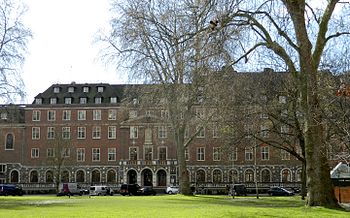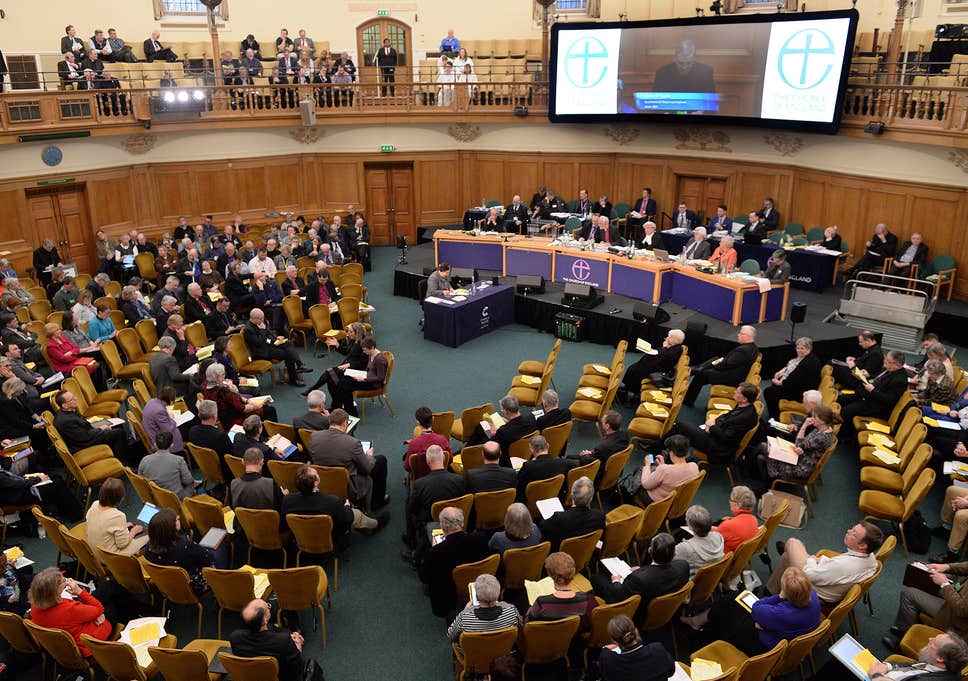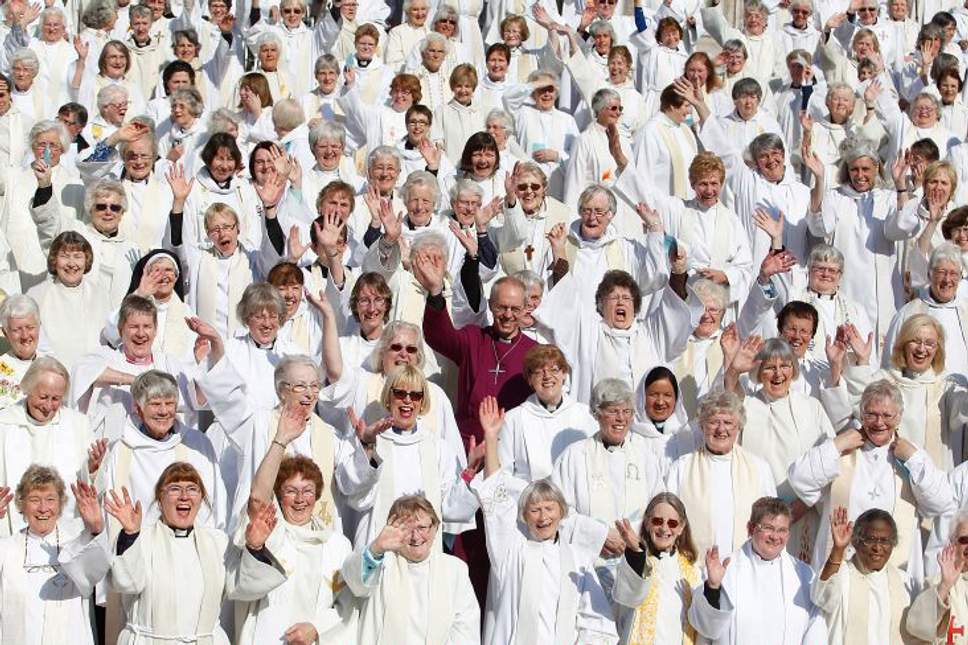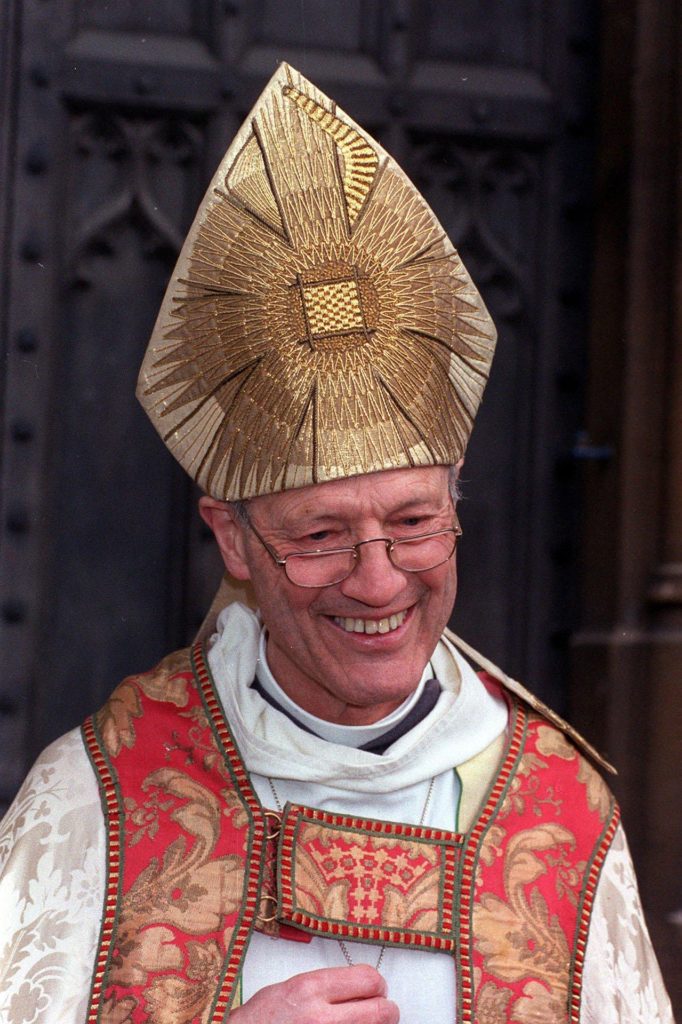
In my last post, I suggested that the way power operates in the Church of England has some similarities to a system of government in an Eastern European communist regime. Two centres of power seem to exist. One is equivalent to a central politburo, a hidden cabal of power answerable only to itself. The other is a parliament-type structure which is the public face of power. Here the power that it possesses is at best merely advisory. We should be careful not to press this analogy too far, but there has recently been some evidence of conflict between a powerful central Church executive and members of Synod. This has been over a proposed amendment to a proposal in General Synod connected with a safeguarding debate due to take place tomorrow morning (Wednesday 12th).
Let us retrace our steps so we can understand better this power conflict as it is currently being played out. As things stand currently, there does seem to be a state of calm and unanimity between both sides. In preparation for the current Synod meeting in Westminster, a proposal about safeguarding was sent out to members in preparation for the debate due to take place tomorrow morning (Wednesday). The paper, officially entitled GS 2158, contains the official Church response to the recommendations of IICSA. IICSA had made five recommendations as part of its reports to the Church. The Archbishops’ Council, having studied these reports, is signifiying its intention to pursue these recommendations in full. Although GS 2158 is an important document, it does not really engage with some of the issues that survivors and their supporters are looking for from Synod. Several proposed amendments to GS 2158 were lodged by a group of Synod members with managers of Synod and these were also placed on this blog by David Lamming on February 5th . It was an attempt by the authors to move the debate on from the rather dry committeesque language of the original AC proposal to something that contained a real sense of emotional engagement with the topic and the survivors themselves. Among its ideas, it wanted the notion of lament to be expressed. It also suggested that the Church’s response might mirror the response of the Blackburn diocese to the IICSA findings. This Blackburn document, examined on this blog last year, had genuinely tried to give a real sense of the need to honour survivors and respond to them appropriately. The Lamming et al. amendment also called for concrete proposals to help survivors, while allowing Synod the power of oversight for ensuring that the task of care actually took place.
We then heard, in the middle of last week, that the members’ amendment to GS 2158 had been overruled. For a day or so it looked as if Synod was to be in direct conflict with Synod business managers for reasons that were not immediately evident. Then last Friday it was announced that the new lead Bishop for Safeguarding, Jonathan Gibbs, had ‘rescued’ the Lamming proposal and had succeeded in getting a version of it on the agenda for the debate that is to happen tomorrow on Wednesday. Jonathan Gibbs, Bishop of Huddersfield, is a fresh face in the Safeguarding world. Although he is not a Diocesan bishop, he is, by all accounts, someone whose loyalty is above all to issues of justice alongside the pastoral and practical care of survivors. He is also, as the lead safeguarding bishop, the chair of the National Safeguarding Steering Group. The amendment goes as follows: The Bishop of Huddersfield to move the following amendment– ……..(b) welcome the statement in paragraph 4.1 of the response that the National Safeguarding Steering Group (NSSG) “remains committed to ensuring that words of apology are followed by concrete actions”; (c) urge the NSSG to bring forward proposals to give effect to that commitment that follow a more fully survivor-centred approach to safeguarding, including arrangements for redress for survivors; (d) request that the NSSG keep the Synod updated on the development and implementation of responses to recommendations relating to the Church of England that are made by the Inquiry, including by submitting a report for debate by the Synod not later than July 2021.”.’
Although the original Lamming amendment has been substantially shortened, there are in this proposal some decisive changes of mood to be discerned. The NSSG as a body, hitherto beyond the direct control of Synod, is now being made accountable to them in this proposal. It will be hard for the NSSG to be able to ignore Synod when it has been ‘requested’ both to adopt a survivor-centred approach and also keep the Synod updated on the progress of the ‘concrete actions’ that are expected.
To use the analogy of the previous blog post, the parliament of the communist country is flexing its muscles and demanding power back from the old guard in the central politburo. To use another analogy, the ice is breaking and the thaw, long awaited for by survivors, has begun. That Jonathan Gibbs’ proposal has reached the agenda at all does suggest a hidden palace revolution. The NSSG represents the establishment in the Church with only senior church leaders and legal representatives as members. There are no survivors present. Now that this group is being required to put survivors at the centre, it is hard to see that they can stop the atmosphere changing decisively. The establishment point of view, which could be summed up briefly by uttering the mantra ‘preserve the assets and the institutional reputation above everything else’, has to change. If Bishop Jonathan Gibbs is successful, a revolution at the centre to serve survivors far better, has begun.
Tomorrow, General Synod is likely to pass an amendment containing the following words. Each of them will be sweet to the ears of survivors. Apology, concrete actions, a more fully survivor-centred approach to safeguarding, redress for survivors, request that the NSSG keep the Synod updated, implementation of a report for debate.
I hope that some of those who read this will be able to watch the streamed debate from Synod on Wednesday 12th February. By any measure it will be one of the most important in the hitherto tortuous history of safeguarding practice in the Church of England to date.







